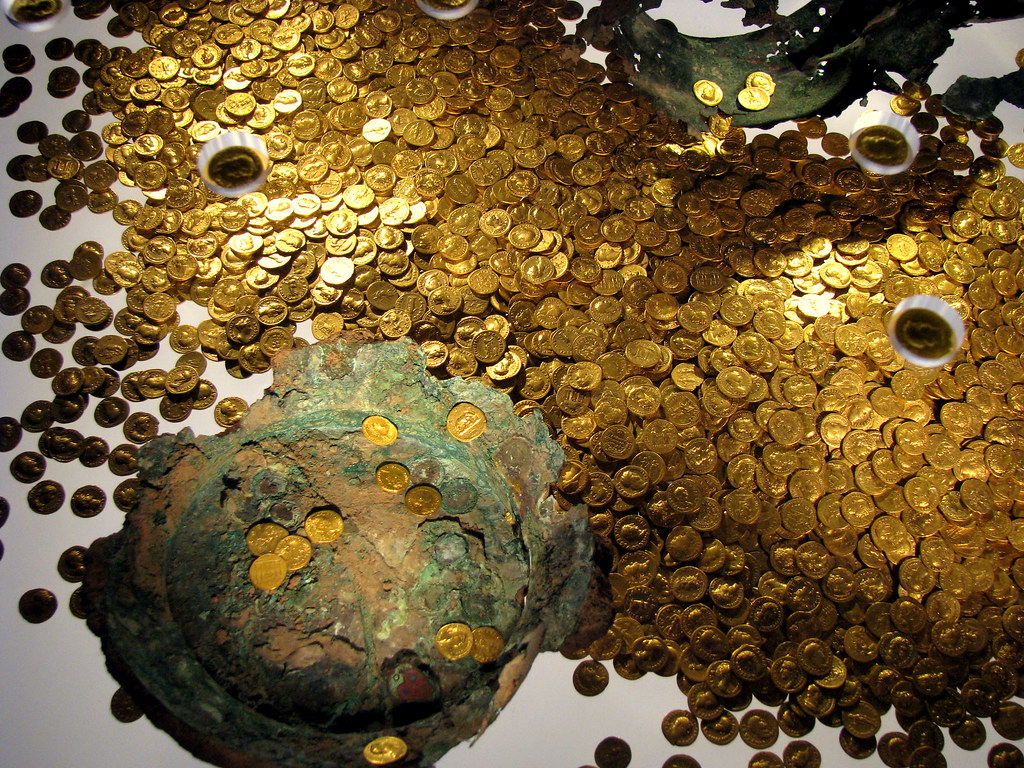The Trier Gold Hoard, discovered in September 1993 during construction in Trier, Germany, is one of the most remarkable archaeological finds of the 20th century. Consisting of 2,516 gold coins weighing approximately 18.5 kilograms, it is the largest preserved Roman gold hoard ever found, providing an invaluable window into the financial practices of ancient Rome nearly 1,800 years ago.

The hoard’s sheer size and complexity set it apart from other archaeological finds. Unlike a personal collection, which might have been hidden for personal security, this treasure seems to have been carefully managed, suggesting it may have served as an official treasury. The total value of the coins would have been equivalent to the annual salary of 130 Roman soldiers, underscoring its importance in Roman financial planning and military funding.

The coins themselves span the reigns of 27 Roman emperors, empresses, and other imperial figures, reflecting the political instability and turmoil that marked the later years of the Roman Empire. From the reign of Emperor Aurelian to that of Diocletian, the coins provide a rare glimpse into the changing political landscape of the time. The hoard was likely hidden around 296 AD, during a period of unrest and uncertainty, raising intriguing questions about its origin and the individuals responsible for its concealment.

The Trier Gold Hoard is not just a treasure trove of wealth; it is a snapshot of a crucial moment in Roman history. Its discovery has allowed archaeologists and historians to gain deeper insights into the economic strategies of the Roman Empire, offering a rare glimpse into the financial security measures of the Roman state and the complexities of its imperial system during a period of crisis.